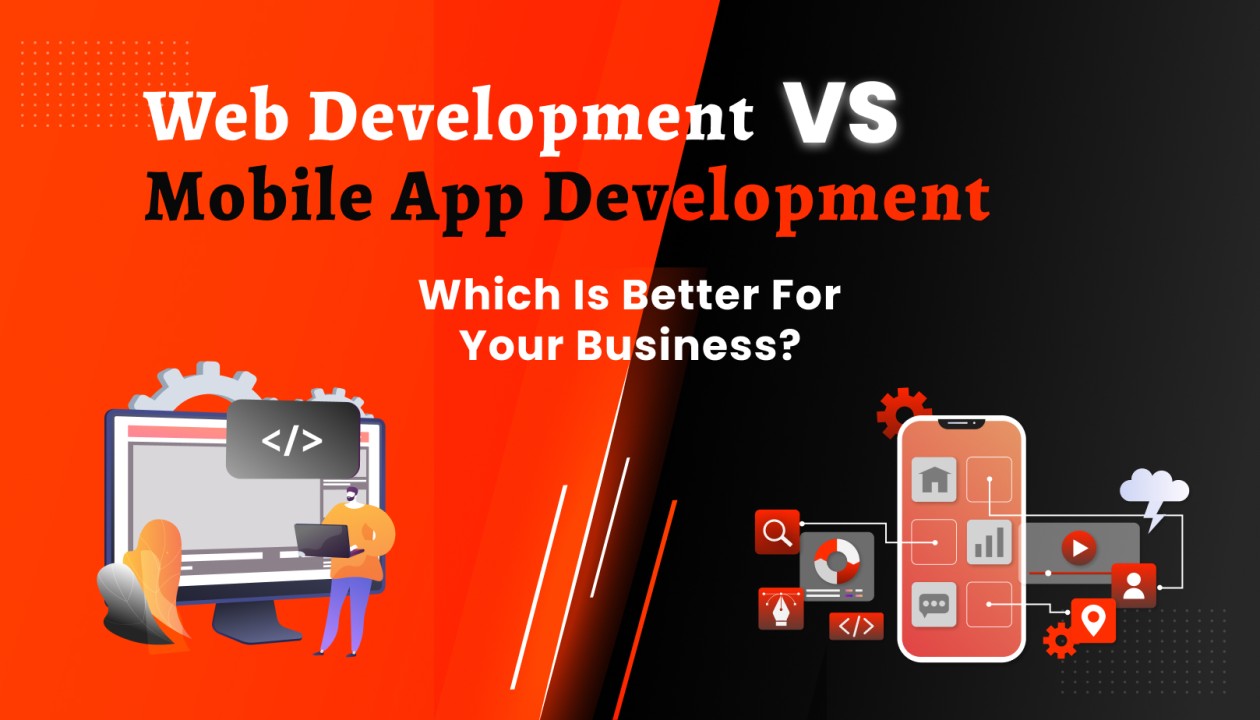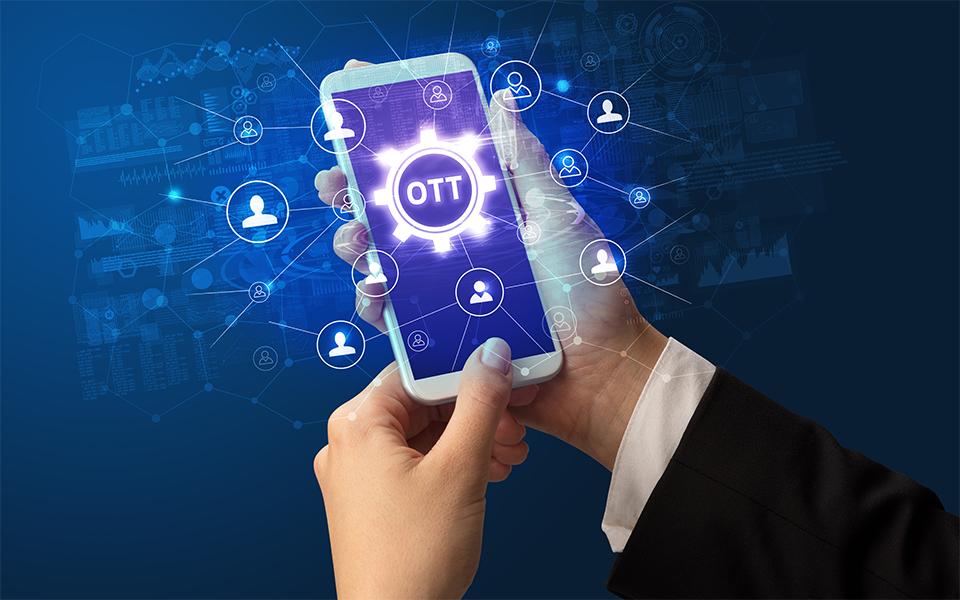Table of Contents
The digital landscape is evolving at a breakneck pace. Emerging technologies are not just reshaping industries; they are redefining the very fabric of our lives. As Klaus Schwab, Founder and Executive Chairman of the World Economic Forum, famously stated, “We stand on the brink of a technological revolution that will fundamentally alter the way we live, work, and relate to one another.” This article explores the 15 most revolutionary tech trends poised to dominate 2025 and beyond, offering a glimpse into a future driven by innovation. We’ll delve into each trend, analyzing its potential impact and providing real-world examples of its application. Get ready to explore a world where the lines between science fiction and reality blur.
1. Agentic AI: Automating Complex Tasks
Agentic AI represents a significant leap from traditional AI. It’s not just about automating repetitive tasks; it’s about empowering AI agents to make decisions and execute complex actions autonomously. Imagine an AI agent managing your entire supply chain, optimizing logistics, and even negotiating contracts. Gartner predicts that by 2028, agentic AI will autonomously manage at least 15% of day-to-day work decisions. This efficiency boost comes with challenges, however. Ethical considerations surrounding autonomous decision-making and the potential displacement of human jobs require careful consideration. In healthcare, agentic AI could revolutionize diagnostics, personalize treatment plans, and even perform robotic surgeries with minimal human intervention. However, ensuring patient safety and maintaining human oversight are crucial in this sensitive field.
2. AI Governance Platforms: Ensuring Responsible Usage
As AI becomes increasingly powerful, ensuring its responsible use is paramount. AI governance platforms provide the framework for ethical AI development and deployment. These platforms focus on transparency, fairness, accountability, and compliance. They offer tools for auditing algorithms, detecting bias, and ensuring data privacy. IBM’s AI Ethics Board and Google AI Principles are examples of such frameworks guiding responsible AI development. A real-world example is the use of AI governance platforms in loan applications to eliminate bias based on race or gender. This ensures fair and equitable access to financial services for everyone.
3. Post-Quantum Cryptography: Securing Future Data
Quantum computing, while promising, poses a significant threat to current cryptographic systems. Post-quantum cryptography (PQC) develops new encryption methods resistant to attacks from quantum computers. Quantum computers could potentially break widely used encryption methods like RSA and elliptic-curve cryptography by the end of the decade. PQC algorithms like CRYSTALS-Kyber and Dilithium are being standardized to address this impending threat. This technology is crucial for securing sensitive data in the future, from financial transactions to national security communications. Ongoing research and development in PQC will be critical as quantum computing continues to advance.
4. Energy-Efficient Computing: Reducing Carbon Footprints
The growing computational demands of AI and other technologies come with a significant environmental cost. Energy-efficient computing seeks to minimize this impact. From designing energy-efficient processors to optimizing data center operations, the focus is on reducing power consumption. Integrating renewable energy sources into data centers further lowers the carbon footprint. Companies like Google are leading the charge by utilizing machine learning to optimize their data center cooling systems, resulting in substantial energy savings.
5. Hybrid Computing Ecosystems: Enabling Seamless Innovation
Hybrid computing ecosystems combine the strengths of different computing architectures, such as cloud, edge, and on-premises systems. This allows for greater flexibility, scalability, and innovation acceleration. Quantum computers, while still in their nascent stages, excel at specific tasks like simulating chemical reactions and optimizing complex logistics. Integrating quantum computing into hybrid ecosystems allows businesses to leverage these unique capabilities for specific applications. For example, a manufacturing company could use edge computing for real-time data processing on the factory floor, cloud computing for large-scale data storage and analysis, and quantum computing for optimizing production schedules.
6. Disinformation Security: Combating Digital Misinformation
The spread of digital misinformation poses a serious threat to individuals and society. Disinformation security focuses on combating fake news, deepfakes, and other forms of manipulated media. AI fact-checking tools, blockchain verification systems, and machine learning algorithms are being deployed to identify and flag disinformation. Gartner forecasts that by 2028, 50% of enterprises will adopt products, services, or features to combat disinformation. News organizations are increasingly utilizing AI-powered tools to verify the authenticity of images and videos, helping to maintain public trust and prevent the spread of misleading information.
7. Ambient Intelligence: Real-Time Data Tracking
Ambient intelligence (AmI) creates environments that are sensitive and responsive to the presence of people. Using networks of low-cost sensors, AmI systems gather real-time data to enhance operational efficiency and improve user experiences. Smart homes, smart cities, and even smart hospitals are already leveraging AmI technology. Imagine a hospital where sensors monitor patient vital signs, automatically adjust lighting and temperature, and alert medical staff to potential emergencies. This proactive approach improves patient care and streamlines hospital operations.
8. Spatial Computing: Transforming Virtual and Physical Interactions
Spatial computing blends the digital and physical worlds, creating immersive experiences that transcend traditional screens. Using augmented reality (AR) and virtual reality (VR) technologies, spatial computing allows users to interact with digital content in a more natural and intuitive way. Devices like the Apple Vision Pro and Meta Quest 3 are driving the adoption of spatial computing. In education, spatial computing allows students to explore ancient ruins or dissect a human heart in 3D, offering engaging and interactive learning experiences.
9. Polyfunctional Robots: Performing Versatile Tasks
Robotics is advancing beyond single-purpose machines. Polyfunctional robots can perform a wide range of tasks, adapting to different environments and situations. These versatile robots are revolutionizing industries like manufacturing, healthcare, and the service sector. By 2030, it’s predicted that 80% of people will interact with smart robots daily. In logistics, polyfunctional robots can sort packages, navigate warehouses, and even load and unload trucks, significantly increasing efficiency and reducing human labor costs.
10. Neurological Enhancement: Revolutionizing Cognitive Abilities
Neurological enhancement technologies, such as brain-computer interfaces (BMIs) and neuroprosthetics, are pushing the boundaries of human cognitive abilities. These technologies hold the potential to treat neurological disorders, enhance memory and learning, and even enable direct communication between the brain and computers. Ethical considerations surrounding cognitive enhancement and its potential societal impact require careful scrutiny. BMIs are already helping paralyzed patients regain control of their limbs, offering hope for restoring lost function and improving quality of life.
11. Self-Healing Software: Maintaining Uptime Autonomously
Downtime can be costly for businesses, especially in critical industries like finance and healthcare. Self-healing software utilizes AI-driven systems to detect and correct software errors automatically, reducing downtime and minimizing operational disruptions. Imagine a banking system that can identify and patch security vulnerabilities in real-time, preventing potential cyberattacks and ensuring continuous service availability.
12. Cloud-Native Platforms: Simplifying IT Infrastructure
Cloud-native platforms are designed specifically for cloud environments, leveraging technologies like microservices architecture and containerization. These platforms simplify IT infrastructure management, enable faster application deployment and scaling, and offer increased flexibility. Companies like Netflix have embraced cloud-native architecture, allowing them to seamlessly stream content to millions of users worldwide.
13. Generative AI: Automating Software Development
Generative AI is transforming software development by automating coding tasks, reducing workload for developers, and accelerating product delivery. These AI tools can generate code from natural language descriptions, write test cases, and even optimize code for performance. This allows developers to focus on higher-level tasks like design and architecture. Startups are leveraging generative AI to rapidly prototype new software applications, significantly shortening development cycles and bringing products to market faster.
14. Robotics in Healthcare: Improving Patient Outcomes
Robotics is revolutionizing healthcare, from surgical robots performing minimally invasive procedures to rehabilitation robots assisting patients with physical therapy. AI-powered diagnostic tools are improving the accuracy and speed of diagnoses, leading to more effective treatment plans. Robotic surgery is becoming increasingly common, offering greater precision and reduced recovery times for patients undergoing complex procedures.
15. Wearable Mixed-Reality Devices: Expanding User Experiences
Wearable mixed-reality devices, such as smart glasses and haptic suits, are blending the digital and physical worlds in new and exciting ways. From immersive gaming experiences to interactive training simulations, these devices enhance user engagement and interaction. In industrial settings, wearable mixed-reality devices can provide real-time instructions and guidance to workers, improving efficiency and reducing errors.
Conclusion
The technological advancements discussed in this article offer a glimpse into a future brimming with potential. From AI-powered automation to life-changing medical breakthroughs, these trends are poised to reshape our world in profound ways. Staying informed and adapting to these changes will be crucial for both individuals and businesses to thrive in the years to come. The future is not something to be feared but embraced. By understanding and harnessing these technological advancements, we can unlock unprecedented opportunities and create a better future for all.
Closing Thoughts
The journey of technological innovation is continuous. It requires a mindset of constant learning and adaptation. I encourage you to share your thoughts, experiences, and insights on these emerging trends in the comments below. Let’s engage in a conversation about the future of technology and its impact on our lives. For those who want to delve deeper into specific trends, I recommend exploring resources like Gartner’s Hype Cycle for Emerging Technologies and the World Economic Forum’s reports on the Fourth Industrial Revolution. The future is here. Let’s explore it together.



































